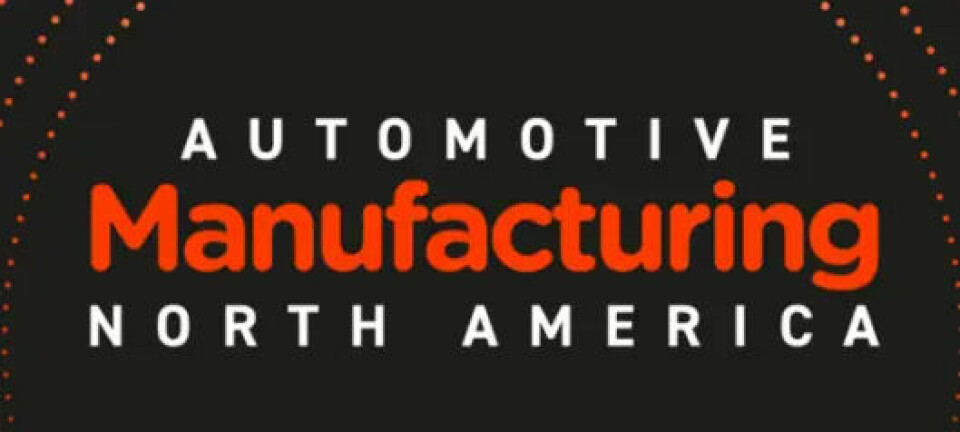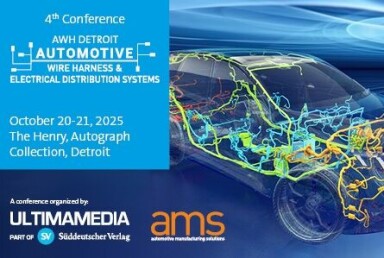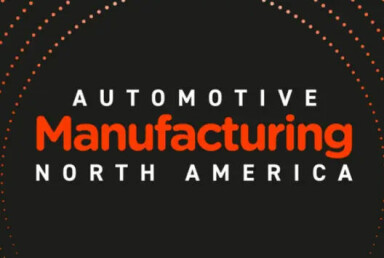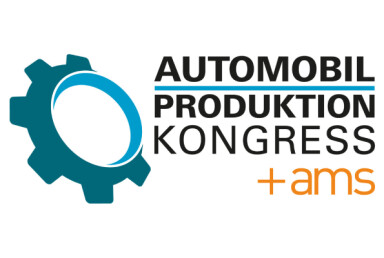Analysis: Porsche scales back EV plans
Porsche and VW dial back EV ambitions as market shifts and costs mount

Facing cooling demand and mounting platform delays, Porsche and the wider Volkswagen Group are scaling back their electric vehicle rollout plans. With €5 billion in write-downs, postponed launches, and a return to ICE and hybrid models, the road to electrification is no longer a straight line.
Like many vehicle companies, Porsche had planned to go largely electric in Europe by 2035. Given the popularity of its classic 911 in ICE format, going fully electric was unlikely. But its direction of travel was clear; now, things have changed. Porsche, along with the rest of the Volkswagen group, will continue with EV launches, but there will be fewer of them, and some models which were once planned to be 100% BEVs will now have ICE and PHEV powertrains, and BEV timings have been thrown up into the air.
The postponement of the EV version means Porsche will take a €1.8 billion write down as the vehicle, which was due to be released in 2027, is delayed until the early 2030s
This has all sorts of implications in terms of finances, investment and the group’s manufacturing footprint plans, not least of these issues is the delay to the much-heralded Scalable Systems Platform (SSP) and the Porsche derivative, SSP Sport. Mainstream VW group brands are now unlikely to use SSP until the late 2020s (the new Golf EV may be the first to adopt SSP), but Porsche has postponed its version of this software-led platform until “well into the 2030s”. Suppliers who had been working on components and platforms on vehicles such as the Porsche K1 have had their work stopped or postponed.
Platform delays come at a cost
The K1 will still be a very significant model for Porsche. It will be larger than the Cayenne, an SUV with three rows, targeted at the US, Middle East and Chinese markets. It was due to be a pure BEV, built on Porsche’s version of SSP. The postponement of the EV version means Porsche will take a €1.8 billion write down as the vehicle, which was due to be released in 2027, is delayed until the early 2030s. It will now come with ICE and PHEV powertrains, most probably using an updated and lengthened version of the Porsche PPE platform.
The K1 is not the only Porsche to have a revised powertrain strategy. While there will be a Cayenne BEV (based on the current Cayenne) in 2026, there will be a new Cayenne with ICE and PHEV powertrains; the same will apply to the next Panamera. Four EVs will be retained by Porsche, i.e. the current Taycan, the recently launched Macan electric, the upcoming Cayenne BEV and electric versions of the 718 Boxster/Cayman. The ICE 718s will continue and the electric 718 has been delayed until 2027. Porsche will also introduce a new Macan ICE model, quite possibly using a different platform to the electric model.
The €1.8 billion hit for Porsche is bad enough but for the VW group there will be a financial hit of more than €5 billion because it too has had to make several changes to its EV plans
This is quite some change, adding complexity to Porsche’s production arrangements, as well as creating numerous marketing and positioning challenges for the brand. For the purists and traditionalists, the 911 will retain ICE powertrains for quite some time. Porsche clearly sees sustained demand outside the EU for its ICE vehicles and would appear to be expecting the EU to amend its ZEV vehicle plans. Most vehicle companies now expect longer timescales to be allowed for hybrids, and potentially ICE vehicles too, beyond the existing 2035 deadlines for ICE powertrains’ banning.
Wider implications for the VW Group
The €1.8 billion hit for Porsche is bad enough but for the VW group there will be a financial hit of more than €5 billion because it too has had to make several changes to its EV plans. The SSP platform has been delayed until the end of the decade, meaning that vehicles like the Golf EV and future ID vehicles bigger than the Golf have been delayed. The current Golf ICE model will see its transfer to the VW factory in Puebla, Mexico put back until 2028, possibly 2029. Also, plans to reduce production at Zwickau to just one model, have been delayed. This decision has been taken because cutting Zwickau to just one model on a single shift basis would actually make utilisation levels there far too low. Vehicles which were due to move Wolfsburg will stay in Zwickau.
The VW group will no doubt survive but it will be a much leaner and arguably better focused company than it would have been without the current changes
In a recent investor presentation VW presented some bullish figures but also highlighted figures regarding the EV market which underscore the problems facing the group. The group had based its EV plans on total EU market EV volumes of 5m pa and 4m pa in the US by 2026. Now it expects around 3m pa in Europe and less than 2.5m in the US. In total VW now expects the cumulative impact of lower EU and US EV sales to be around 8m through to 2026. These figures explain the revised investment plans and changes to manufacturing plans across the group, not just at Porsche.
EVs for entry level segments
There will be new EVs, especially in lower or entry segments in Europe, with the ID Polo, ID Cross and ID Every1 to the fore from 2026 onwards. There will be more vertical integration in EV drivetrain production and batteries will move to lower cost LFP chemistries and cell-to-pack assembly arrangements. BEVs will gradually approach cost parity with ICE equivalents, but the idea of having a largely EV line-up by 2030, even 2035, has been revised heavily. More than 50,000 jobs will still be cut and across the group capacity will be “rightsized” with the elimination of around 1m units of annual capacity, mostly in Europe. More multi-brand production arrangements will be adopted to save individual brands on investment commitments. For example, making the new Volkswagen Passat and Skoda Superb together in Bratislava will, it is claimed, save around €650m over the vehicles’ lifecycles compared to the costs of two separate lines.
The VW group will no doubt survive but it will be a much leaner and arguably better focused company than it would have been without the current changes. However, if the EU does not relax rules regarding the ending of ICE and hybrid vehicles by 2035 then further cutbacks and/or damaging financial results will be inevitable. VW – and Porsche – however will not be the only ones to face these challenges and will have to hope they are better placed than others to survive.






